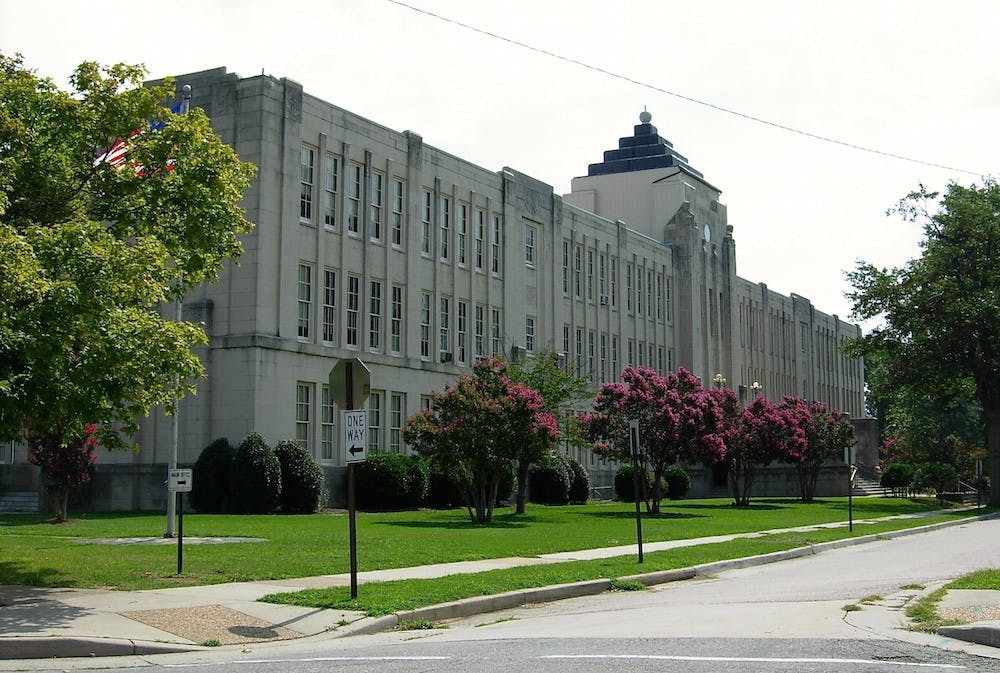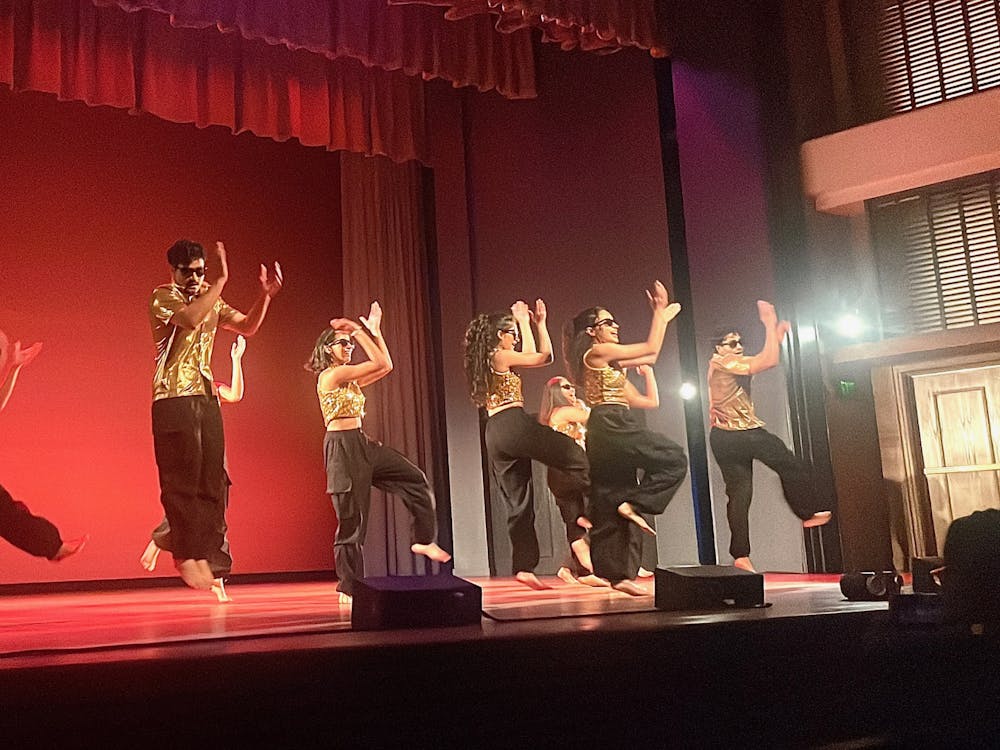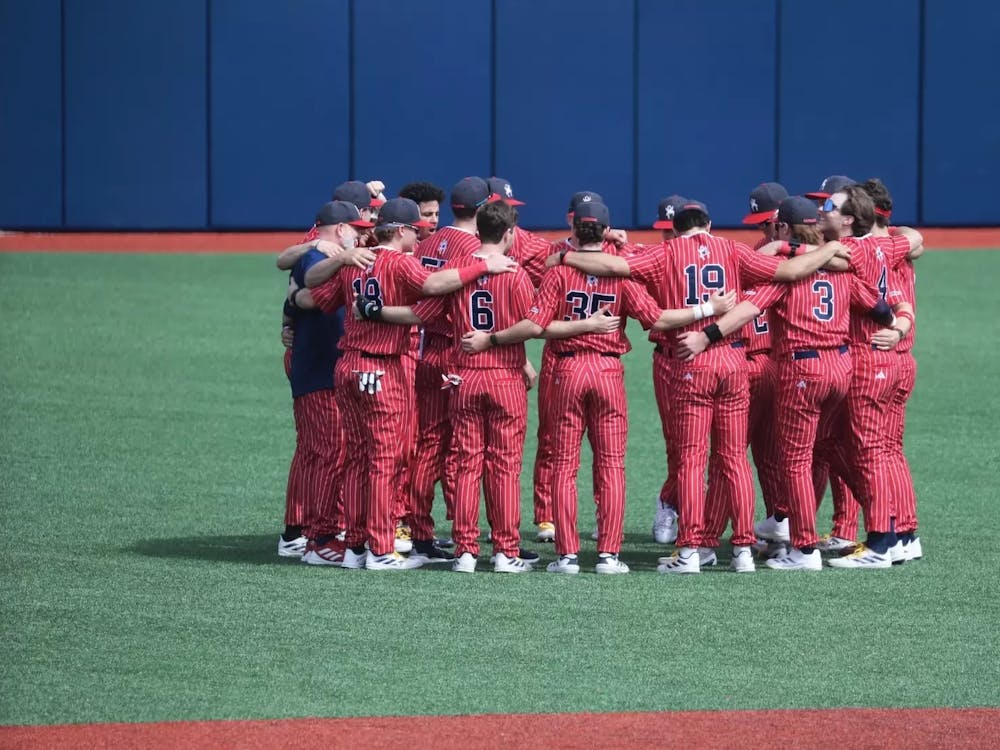Some public schools are just better than other public schools, but in Richmond the majority of public schools do not meet Virginia's standards for accreditation.
There are 44 public schools in Richmond. Of these, only 17 are recognized as fully accredited schools as of the 2015-2016 school year.
“The schools that are successful are backed with a large PTA [Parent Teachers Association] and parental presence,” said Richmond parent Becky Suder. “At the lower income schools, no one is advocating for the kids.”
University of Richmond senior Liam Mulcahy, who founded the SAT Initiative, which aims to raise SAT scores of underserved Richmond students, exemplifies the opportunity all university students have to advocate for kids in lower income schools and create change.
“We are technically a tutoring program," Mulcahy told The Collegian, "but the biggest thing I’m looking for is people that have the right attitude and really, truly believe that we can change these kids’ scores, and ultimately we can change their life.”
Richmond’s Bonner Center for Civic Engagement also offers volunteer opportunities on its website for Richmond students who want to serve a public school system where many, but not all, of the schools are in dire need of help.
“You have one [school] system but there are gems within that system,” said Elisabeth Gruner, Richmond parent and associate dean of the school of arts and sciences at University of Richmond.
“The wealthier districts seem to luck out,” said Thomas Shields, chair of graduate education at Richmond. “As the revenue for Virginia schools has plateaued, and the primary level is even, PTA and the parents then step in.”
For public Virginia elementary and middle schools to be fully accredited, students must achieve passings scores of 75 percent or higher on the English SOL (Virginia’s standardized tests), and passing scores of 70 percent or higher in mathematics.
The passage of the Elementary and Secondary Education Act, reauthorized by the No Child Left Behind Act, allowed state legislatures to alter benchmarks in order to close achievement gaps.
Virginia created Proficiency Gap Groups and separate subgroups with different Annual Measurable Objectives, or the “percentage of students within each subgroup that must pass SOL tests in reading and mathematics.”
There are three proficiency gap groups: Gap Group 1 includes “students with disabilities, limited-English proficient (LEP) students, and economically disadvantaged students.” Gap Group 2 is “African-American students,” and Gap Group 3 accounts for “Hispanic students, or students of one or more races.”
Enjoy what you're reading?
Signup for our newsletter
There are also subgroups for students with disabilities, LEP (limited English proficiency) students, economically disadvantaged students, white students and Asian students.
Sen. A. Donald McEachin, D-Va., in tandem with other members of the Virginia Legislative Black Caucus, asked Gov. Terry McAuliffe to do away with the separate groups and insist on the same high level of achievement for all Virginia students, regardless of race or socioeconomic status.
“Moving to a growth model by lowering proficiency rates may adversely affect teacher expectations and signify to students that skin color, language or socioeconomic status dictate what they can achieve,” said Stanley Trent, associate professor in the Curry School of Education at University of Virginia, in 2013.
The new AMOs were introduced with a six-year trajectory, aimed at bringing all proficiency gap groups and all Virginia schools up to at least a 78 percent passing rate of the reading SOL by the 2017-2018 school year.
“There have always been gaps," Shields said. "When [the new AMOs] came out, there was a lot of pushback. People were asking, ‘What does this say when you hold students to different achievement levels?’ It is hard to say that all students will have the same performance level [by 2018]. It would be setting them up to fail."
The new benchmarks prompted Richmond residents to ask why some public schools in Virginia do better than others and why the City of Richmond, in particular, struggles.
One cause is the residential segregation by choice that is perpetuated in Richmond today as, statistically, white families continue to move to the suburbs of Richmond.
The root of voluntary school segregation in Richmond can be traced back to the 1920s, a time when segregated neighborhoods and schools with different levels of achievement and standards of living were the norm; when “segregation by consent” was called “the Virginia Way.”
“How can we have a system where we basically admit that the schools in nicer neighborhoods... are better?” Suder asked.
Funding for Virginia’s public schools is distributed on a per-pupil basis. This makes the basic funding of all schools proportionally equal. PTAs or other parent groups raise the rest of the funding a school gets for community events, extra supplies and enrichment programs.
“Families in the top quintile of incomes spend on average seven times as much on education enrichment for their children as do families in the lowest quintile,” Edward Kleinbard, who previously served as chief of staff of Congress’ Joint Committee on Taxation, wrote in his 2014 book.
Virginia uses a composite index formula to measure a locality’s ability to fund schools. The formula looks at property value, adjusted gross income and taxable retail sales in comparison with the statewide average. But the composite index formula doesn’t measure need, which hurts poorer communities.
“More resources need to be directed toward disadvantaged students providing them with valuable skills that will help them to raise their incomes and increase social mobility,” the Organization for Economic Cooperation and Development wrote in a June 2014 report.
The disparities among schools that are leading to lower standardized test scores is a difficult problem, but it is not unsolvable. Students who are interested in getting involved can contact local legislators asking for reform, reach out to the school board with concerns or volunteer their time to help further the education of Richmond students who are stuck in a system with little funding and support.
To Shields, a better future is possible, but it’s up to the Richmond community to fight for it.
“Then the question is what to do about it. Now that we know, do we allow these regimes to continue?”
Note: Several principals and teachers in the school system were contacted for this story, but none were willing to comment.
Contact reporter Claire Comey at claire.comey@richmond.edu
Support independent student media
You can make a tax-deductible donation by clicking the button below, which takes you to our secure PayPal account. The page is set up to receive contributions in whatever amount you designate. We look forward to using the money we raise to further our mission of providing honest and accurate information to students, faculty, staff, alumni and others in the general public.
Donate Now



